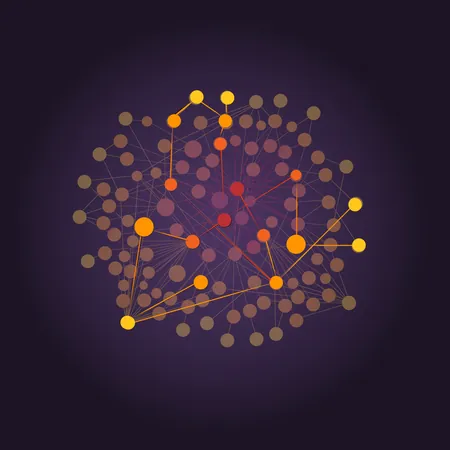
Revolutionary AI Model Set to Transform Cancer Detection and Treatment
2025-07-10
Author: Rajesh
In a groundbreaking leap for cancer research, the Chan Zuckerberg Initiative (CZI) has unveiled its innovative AI model, GREmLN, poised to revolutionize how scientists understand cellular behavior—crucial for unraveling complex diseases like cancer.
GREmLN, which stands for Gene Regulatory Embedding-based Large Neural model, represents a pivotal moment in CZI's ambitious quest to create AI biomodels that provide deep insights into cellular dynamics from the molecular level to entire biological systems. This timely advancement aims to aid scientists in devising new strategies to prevent, treat, and manage various diseases.
Published on the bioRxiv preprint server, GREmLN is meticulously designed to explore the intricate interactions among genes within a cell. This model sheds light on how these networks can malfunction, leading to critical health conditions such as cancer and neurodegenerative disorders.
Andrea Califano, president of the Chan Zuckerberg Biohub New York and a professor at Columbia University, emphasized the model's unique approach, stating, "GREmLN fundamentally shifts the paradigm by integrating AI with biological principles, rather than forcing biology to conform to AI models. It allows us to derive insights on health and disease grounded in actual biological processes."
In stark contrast to conventional AI systems, GREmLN prioritizes the 'molecular logic' that defines genetic interactions, likening cellular communication to intricate conversations. This perspective equips researchers with the tools to identify the earliest warning signs of diseases and pinpoint potential therapeutic targets.
The model has been calibrated using an impressive dataset of over 11 million data points derived from CellxGene—an innovative tool leveraged by thousands of scientists weekly to expedite their discoveries across diverse tissues, including the brain, lungs, kidneys, and blood.
With plans to scale GREmLN, researchers aim to tackle pressing biological and medical challenges, enabling them to detect cellular shifts towards malignancy or neuronal damage well before they become irreversible.
Theofanis Karaletsos, senior director of AI at CZI, remarked, "To comprehend cellular behavior, we must grasp the network of conversations occurring within each cell. GREmLN encapsulates this complexity, paving the way for systems that can simulate and predict cellular actions like never before."
Looking ahead, GREmLN could unlock a multitude of research opportunities, such as disrupting cancer cells' evasive maneuvers against therapies and preventing inflammation-induced damage in brain cells. Additionally, it may enhance the predictive capabilities of cells in response to new drug therapies, greatly improving their success rates in clinical trials.
As part of a forward-thinking wave of AI tools, GREmLN is set to empower scientists to decode the complex logic of life itself.
Joining a holistic suite of AI biomodels created by CZI, including the recently launched TranscriptFormer, GREmLN promises extensive applications in biomedical research, disease diagnostics, and therapeutic innovations. Designed for accessibility, researchers worldwide can engage with GREmLN via CZI's virtual cell platform, complete with tutorials and a comprehensive codebase available on GitHub.


 Brasil (PT)
Brasil (PT)
 Canada (EN)
Canada (EN)
 Chile (ES)
Chile (ES)
 Česko (CS)
Česko (CS)
 대한민국 (KO)
대한민국 (KO)
 España (ES)
España (ES)
 France (FR)
France (FR)
 Hong Kong (EN)
Hong Kong (EN)
 Italia (IT)
Italia (IT)
 日本 (JA)
日本 (JA)
 Magyarország (HU)
Magyarország (HU)
 Norge (NO)
Norge (NO)
 Polska (PL)
Polska (PL)
 Schweiz (DE)
Schweiz (DE)
 Singapore (EN)
Singapore (EN)
 Sverige (SV)
Sverige (SV)
 Suomi (FI)
Suomi (FI)
 Türkiye (TR)
Türkiye (TR)
 الإمارات العربية المتحدة (AR)
الإمارات العربية المتحدة (AR)